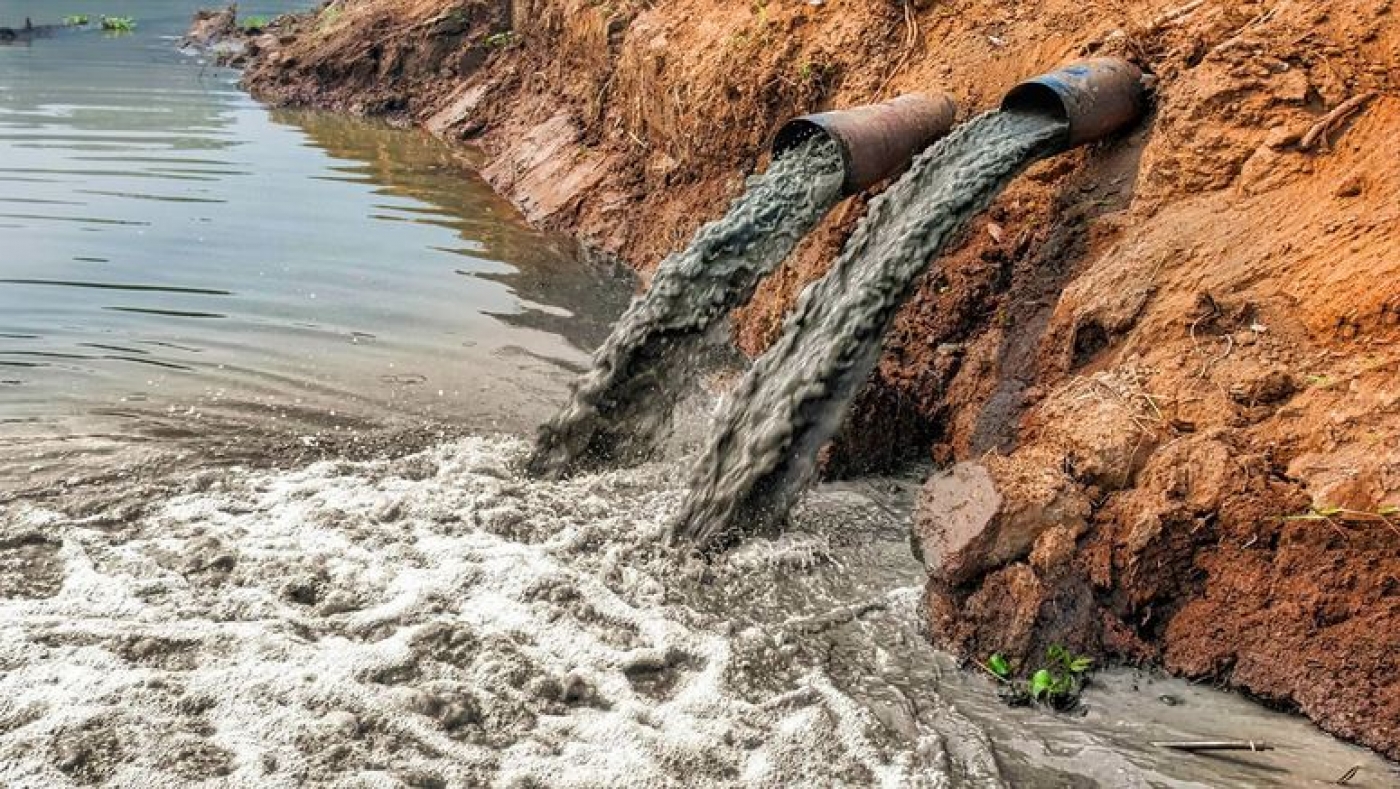In this research, a new and cost-effective adsorbent was proposed and synthesized using emulsification method. Optimal hydrodynamic and physical properties confirmed their potential use as an adsorbent for the treatment of industrial wastewater containing nano-pollutants.
“Various processes such as copolymers are available to treat water, which can be divided into three mechanisms including freezing, combining, and adsorption. Extended Bed Adsorption (EBA) is a promising and practical separation method for biosynthetic product adsorption that has been studied in downstream process development. In this project, a new specially designed carboxymethylcellulose-cellulose-nickel composite adsorbent is fabricated by immersing water in an oil emulsion to create a stable development,” Meysam Sadeghi, PhD student in Noshirvani University said, "the innovation of this project is the synthesis of a new adsorbent along with comparing the results of using carboxymethylcellulose-cellulose-nickel adsorbent with the DEAE.”
The results obtained for the effect of particle size of the chemical structure of carboxymethylcellulose-cellulose-nickel composite on expansion properties of the substrate showed that at a uniform expansion coefficient, the larger chemical structure had a higher flow rate. In addition, it was observed that the smaller chemical structure forms a lower experimental value of the final velocity (Ut) and a more stable substrate.
In order to commercialize the project, it is necessary to consider the use of adsorbents at industrial and semi-industrial scales as well as optimization of parameters affecting ligands to achieve optimal efficiency in the developed medium and evaluate their performance in columns with larger scales.
The results of this study were published in an article in Journal of Hazardous Materials entitling: “Treatment of nano-oil polluted wastewater in an expanded bed adsorption column based on carboxymethyl cellulose-cellulose-nickel composite beads.”




